Four hot tips for ice cold sailing
Published on March 7th, 2023
Erin Bury has been pushing hard to improve in her iceboating this winter. After lots of testing and learning of her own, Erin has laid out a few aspects of iceboat tuning and boat maintenance in this report for Quantum Sails that have helped get faster on the ice.
Coming off a fun and challenging 2022 iceboating season, I set my sights on the 2023 DN World and North American Championships. With a stacked start line full of great competition, I knew I had to step up my game.
Finding the perfect ice is more than just the long drive and frozen fingers. Last-minute travel plans lead to last-minute tuning decisions, which make the adventure all the more exciting. Here are four key areas of iceboat tuning and performance to help you get to the next level this season:
Runners – Select the right option based on conditions
Many ice sailors travel with at least two types of runners, as ice conditions can vary or change quickly. The most common types are inserts, which are good for hard and clean ice, and plates, which work well if there is snow on the ice.
Plates can work for the majority of conditions, but it sure is nice to have inserts on clean ice. Inserts are typically run with a 90 to 100-degree bevel, while plate runners may see a range of 85 to 105 degrees.
The edge bevel of 90 degrees works well for me for both insert and plate runner types, as I am a lighter sailor, while a range of 85 to 105 can be more suited for heavier setups based on their desired performance. Inserts are usually 3/16 inch thick, while plates are usually 1/4 inch thick with a 90-degree edge.
Based on community inquiry at our 2023 Worlds, it seems like the go-to insert runner profile is a 95-degree edge with 18 inches of .008 flat. This means that the runner blade, in reference to the pivot bolt, is a completely flat 10” in front and 8” behind. “0.008 of flat” describes the camber (or the “crown”) and shape of the sharpened ice contact.
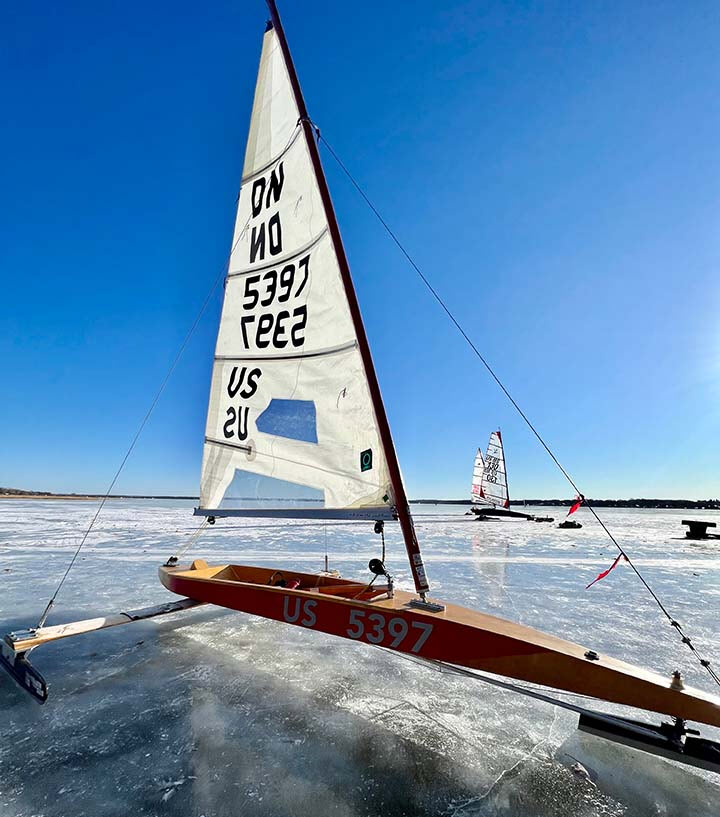 Mast Rake – Dial in the rig
Mast Rake – Dial in the rig
It seems that the sweet spot for tuning the softer masts (which are becoming increasingly popular) is a mast rake of 17 degrees. This base setting can be measured by using an angle measuring app on your phone and placing the side of your phone on the front of the mast. But if that is not enough bend, you can always try 18 degrees.
I’ve been tuning the bend with mast ball positioning rather than relying on solely mast rake. For every hole I move my mast ball forward, I need about 3.5 turns tighter on my forestay to stand the mast back up.
Plank – Pick your plushness
In chunky ice or ice with drifts, we loosen the bolts that connect our planks to our hulls. We usually don’t have them all the way snug, but will give the plank more wiggle room if the ice is rough. This acts as a form of suspension, creating a cushier ride.
In ranking events (Worlds, Nationals, etc.), we can only register and sail with one plank, so sailors stick to their chosen plank and instead tune the rest of their iceboat for the conditions. However, that doesn’t mean some sailors don’t have a few options in their trailers to choose from ahead of time.
If the wind forecast is lighter, a stiffer plank is desired so the mast bends more easily. In heavier wind, a softer plank is ideal to keep the mast from bending too much. As a lighter sailor with many other options for tuning, I run a single, softer plank that flexes 42-44 millimeters under my body weight (which is the ideal flex for any body weight, as we build our boats to our bodies instead of the other way around).
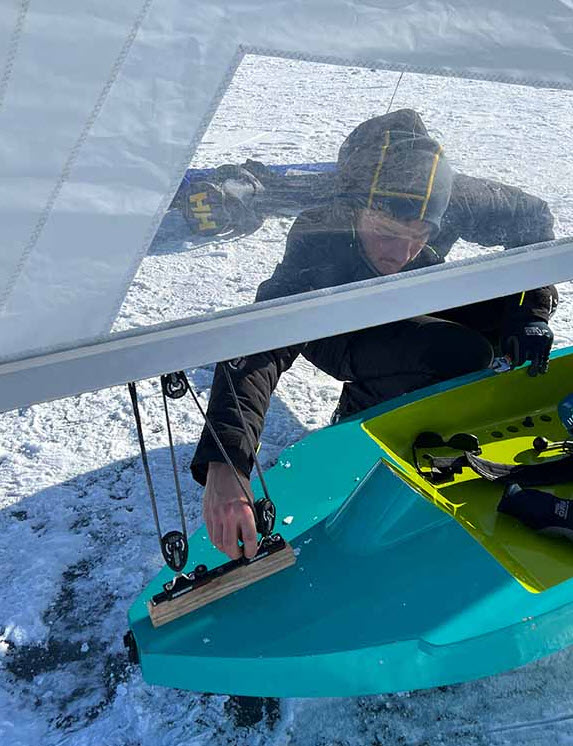 Block-to-block – Setup for optimal sheeting
Block-to-block – Setup for optimal sheeting
One critical technical detail in tuning the DN for maximum performance is seeking the “end plate effect.” Our goal is to close the “gap” in sail surface, hull freeboard, and boom and skipper, so we set up our iceboats to be “block to block.”
We achieve this by adjusting the rear mainsheet blocks fore/aft and lowering or raising your main a notch or two on the halyard. Both are proven methods to fine-tune your setup before it’s time to rip!
Be the boat
Tuning your DN to you is how the playing field gets leveled – knowledge is power in your sail. Young, old, light, heavy, man, woman, tall, short, balling on a budget, bountiful budget — all are welcome, and all are capable of being a competitive force to be reckoned with.

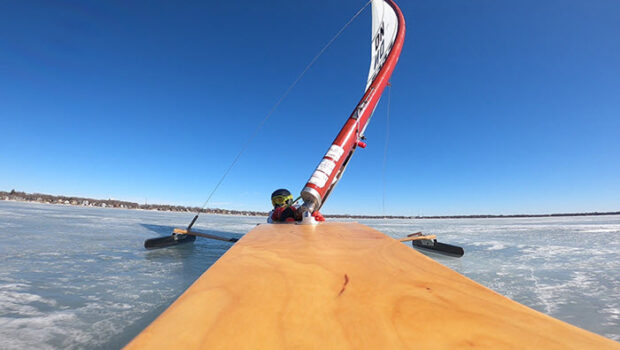



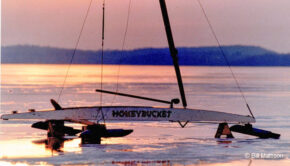
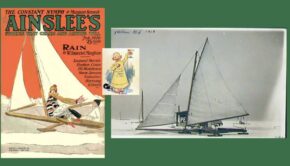


 We’ll keep your information safe.
We’ll keep your information safe.